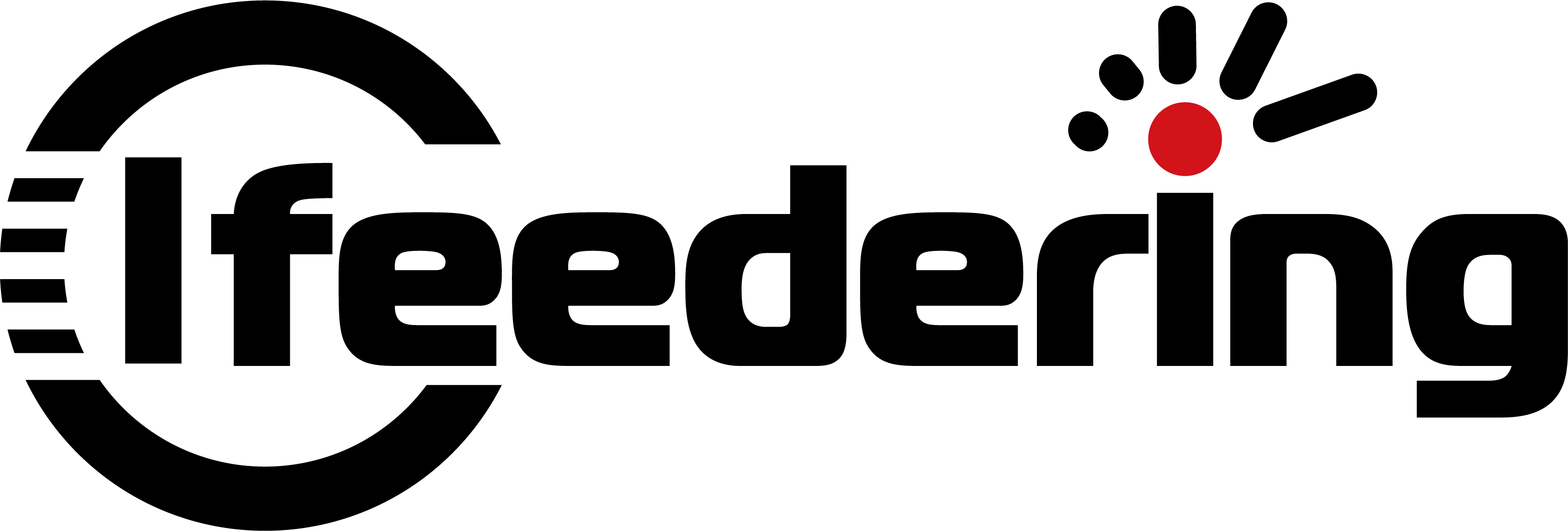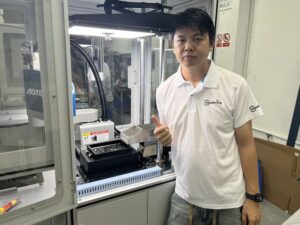Flexible feeding is a viable alternative to traditional methods such as belt, bin, or bowl feeding in automated assembly or packaging.
Unlike these methods, which often require specific adjustments or setups for different materials or components, flexible feeding offers adaptability and versatility. Flexible feeder can handle many different materials, no matter how big or small, or how they look or weigh. You don’t need to keep changing or swapping things. This saves time and effort and makes your production line more efficient and productive.
A flexible feeder makes your manufacturing process easier and can be used for automated assembly or packaging, adapting to different production requirements.
Belt, silo, and bowl feeders are traditional methods used in automated assembly or packaging. Here are the advantages and disadvantages of each, as well as a comparison with the flexible feeder:
1. Belt Feeder:
– Advantages: Belt feeders are known for their high speed and continuous operation. They are suitable for handling small to medium-sized materials. Belt feeders are often used in industries where a constant flow of materials is required.
– Disadvantages: Belt feeders may require specific adjustments or setups for different materials or components. They may not be suitable for handling materials with irregular shapes or sizes.

2. Silo Feeder:
– Advantages: Silo feeders are efficient for handling large quantities of materials. They are often used in industries where bulk storage and transfer of materials are required.
– Disadvantages: Silo feeders may require additional equipment, such as conveyors, to transfer materials from the silo to the production line. They may not be suitable for handling materials with varying sizes or shapes.

3. Bowl Feeder:
– Advantages: Bowl feeders are known for their ability to orient and sort materials. They are suitable for handling small to medium-sized materials and can be customized for specific production needs.
– Disadvantages: Bowl feeders may require constant adjustments or changeovers to accommodate different materials or components. They may not be suitable for handling materials with complex shapes or sizes.
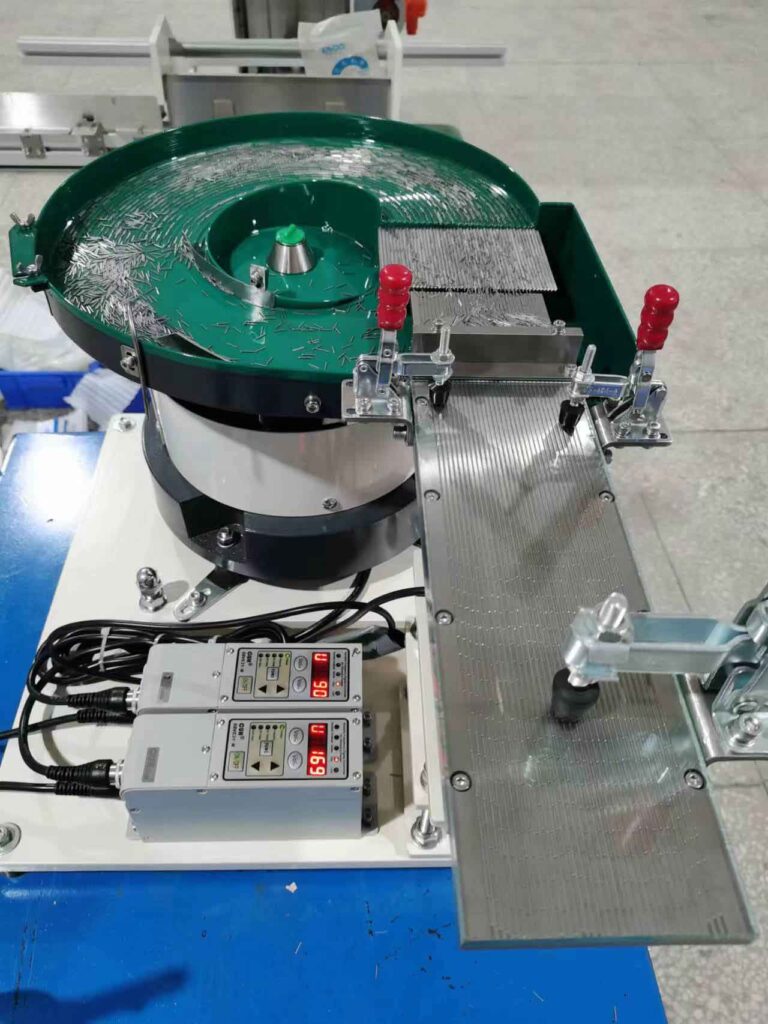
Now, let’s compare these traditional methods with the flexible feeder:
– Advantages of the flexible feeder:
1. Adaptability: The flexible feeder can handle a wide range of materials, regardless of their size, shape, or weight. It eliminates the need for constant adjustments or changeovers, saving time and effort.
2. Versatility: The flexible feeder can easily accommodate different production needs. It offers flexibility in feeding, allowing manufacturers to streamline their manufacturing process.
3. Efficiency and productivity: By utilizing a flexible feeder, manufacturers can increase efficiency and productivity in their production line. The continuous operation and adaptability of the flexible feeder contribute to smoother operations.

In conclusion, the flexible feeder offers several advantages over traditional methods such as belt, silo, or bowl feeders. Its adaptability, versatility, and ability to increase efficiency and productivity make it a practical choice for automated assembly or packaging.
What is a Flexible Feeder?
A flexible feeder is a type of industrial equipment used in the manufacturing process. It is designed to handle a wide variety of materials and components, regardless of their size, shape, or weight. The main advantage of a flexible feeder is its ability to adapt to different production needs, hence the term ‘flexibility in feeding’.

The flexible feeder solves the shortcomings of belt, silo, and bowl feeders by incorporating robotics, vision, and materials in the following ways:
1. Robotics: The use of robotics in flexible feeders allows for precise and accurate handling of materials and components. Unlike belt feeders, which rely on manual intervention, robotics can automate the feeding process, minimizing the risk of errors and increasing efficiency.
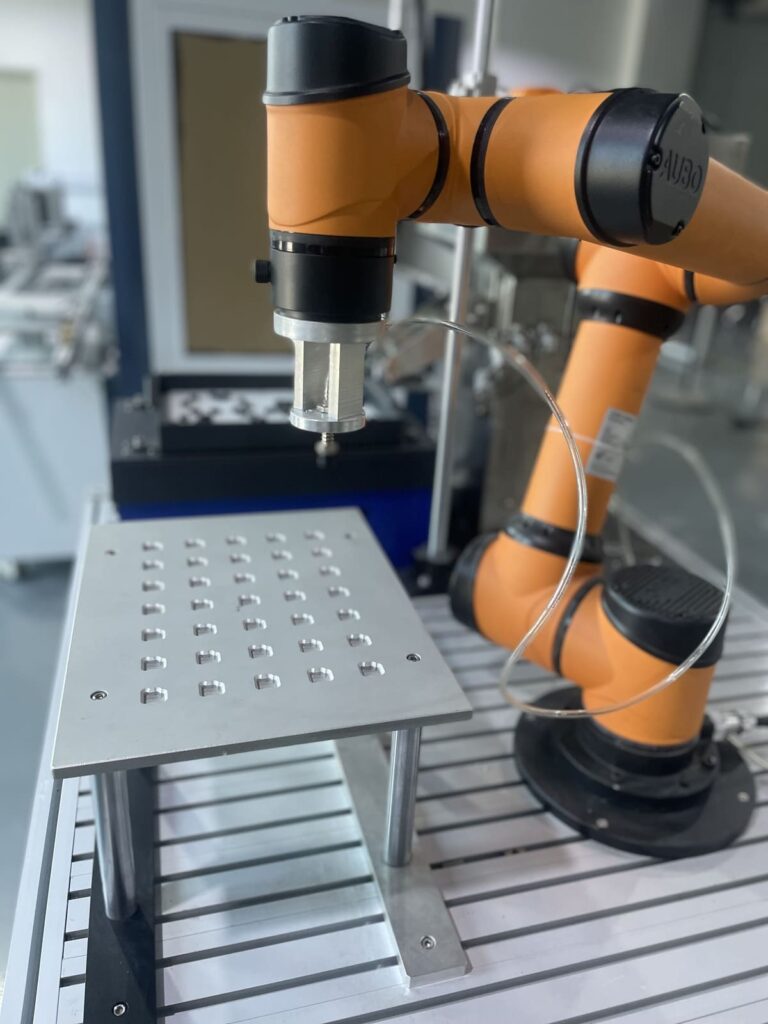
2. Vision: Flexible feeders equipped with vision systems can detect and identify different materials and components. This enables the feeder to adapt to changing needs by recognizing and handling various items, regardless of their size, shape, or weight. In contrast, silo and bowl feeders may struggle to handle different materials due to their specific design limitations.

3. Materials: Flexible feeders are designed to handle a wide variety of materials, including those with different shapes and sizes. Unlike silo feeders, which are typically limited to handling bulk materials, flexible feeders can accommodate individual components, allowing for greater flexibility in the manufacturing process.
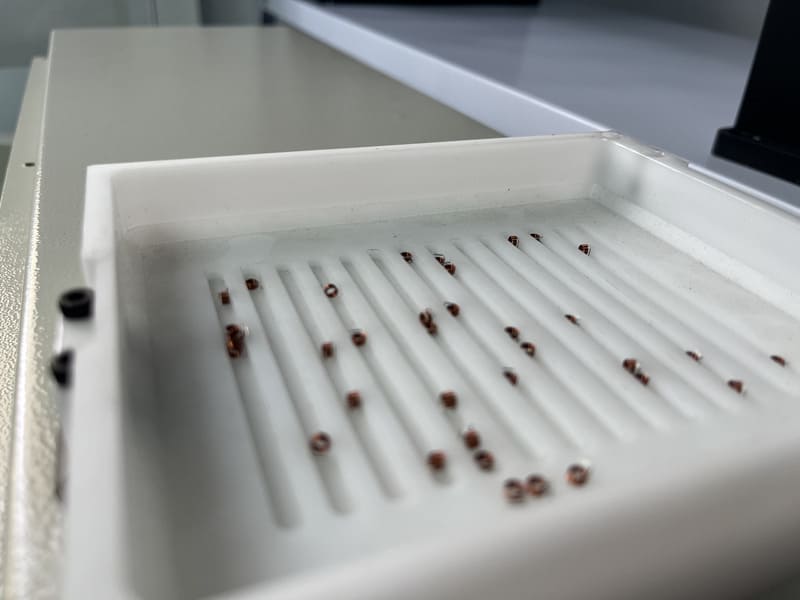
By incorporating robotics, vision, and materials, flexible feeders offer a versatile solution that overcomes the limitations of traditional feeding methods. They provide a seamless and efficient way to handle different materials and components, adapting to changing production needs in a fast-paced manufacturing environment.
Increased Efficiency: The Advantages of Flexibility in Feeding
A flexible feeder can be easily realized by incorporating robotics and vision systems to judge the material status and perform grasping from a design point of view. Let’s analyze this process comprehensively:

1. Robotics: The incorporation of robotics allows for automated handling and manipulation of materials. Robots can be programmed to perform a variety of tasks, including identifying and selecting different materials or components. They can also be equipped with various types of end-effectors, such as grippers or suction cups, to grasp and handle the materials.
2. Vision Systems: Vision systems play a crucial role in a flexible feeder setup. These systems use cameras and image processing algorithms to analyze the material status. They can identify and locate specific components or features, ensuring accurate picking and placing of materials. Vision systems can also detect defects or variations in the materials, enabling quality control during the feeding process.
By combining robotics and vision systems, a flexible feeder can adapt to changing needs in the following way:
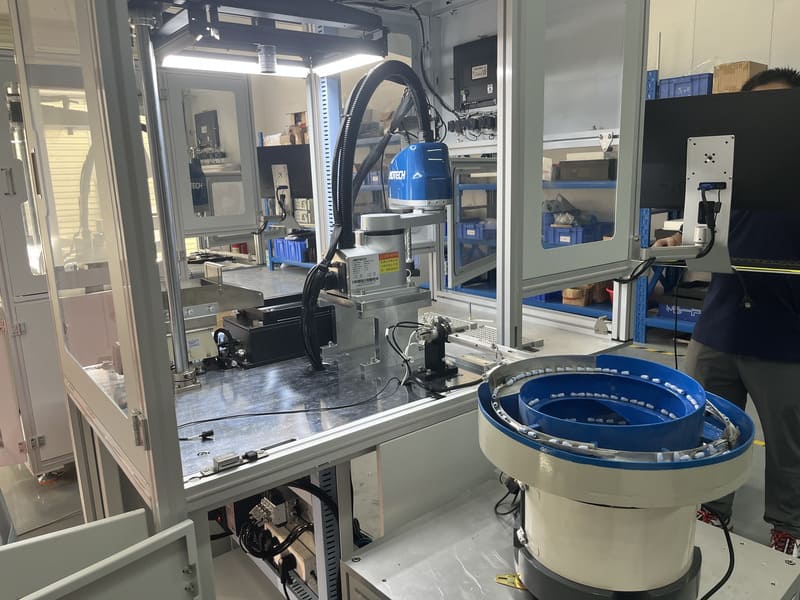
1. Material Recognition: The vision system captures images of the materials on the feeding tray or conveyor belt. It analyzes these images to identify and classify the materials based on their visual characteristics, such as shape, color, or texture. This information is then used to determine the appropriate grasping technique.
2. Grasping Strategy: Based on the material recognition results, the robotics system selects the most suitable gripper or end-effector for grasping the materials. This could involve using different grippers for various material types or employing adaptive grippers that can adjust their configuration to accommodate different shapes or sizes.
3. Grasping Execution: Once the grasping strategy is determined, the robot performs the grasping action. It precisely positions the gripper and applies the necessary force or suction to securely pick up the materials. The vision system continuously monitors the grasping process, ensuring that the materials are successfully grasped without causing any damage or errors.
Which size flexible feeder is best for picking up parts?
When determining the size of a flexible feeder for picking up parts, several factors should be considered:
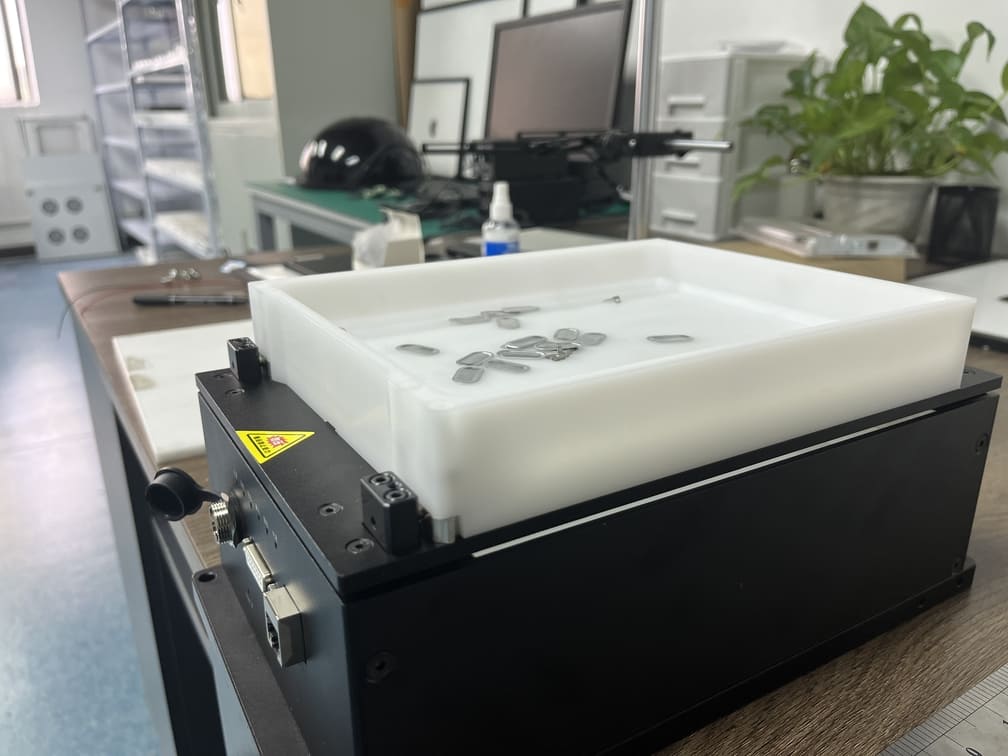
1. Size of the Parts: The size of the parts you need to pick up will determine the size of the feeder. If the parts are small, you may need a smaller feeder, while larger parts will require a larger feeder to ensure proper handling and grasping.
2. Feeder Capacity: Consider the volume of parts you need to handle. If you have a high production rate or need to handle a large quantity of parts, you may need a larger feeder with a higher capacity.

3. Workspace Constraints: Take into account the available space in your workspace. Ensure that the size of the feeder fits within your production line and does not impede other processes or machinery.
4. Future Expansion: Consider future needs and potential growth in your production line. It may be beneficial to choose a slightly larger feeder than your current requirements to accommodate future changes or increased production demands.
Light source selection for flexible feeder
The characteristics of light sources in a flexible feeder may include factors such as brightness, color temperature, and beam angle. These characteristics can be adjusted based on the specific needs of the application, such as the size and nature of the parts being picked up.

The materials that light sources can be adapted to in a flexible feeder depend on the design and construction of the feeder. The light sources should be suitable for the materials being handled and should not cause any damage or interference. Common materials that flexible feeders are adapted to include metals, plastics, rubber, and various types of components or parts used in manufacturing processes.
The material selection and application of the feed deck in a flexible feeder are crucial for its efficiency and effectiveness.
The material selection and application of the feed deck in a flexible feeder are crucial for its efficiency and effectiveness. The feed deck is the part of the feeder that holds and dispenses the materials or components to be picked up and processed.
When selecting the material for the feed deck, it is important to consider factors such as the size and weight of the materials, as well as their properties and characteristics. The material should be strong enough to support the weight of the materials without bending or deforming. It should also be durable and resistant to wear and tear, as the feed deck is subjected to constant movement and handling.

Common materials used for feed decks in flexible feeders include metals, such as stainless steel or aluminum, and plastics, such as polyethylene or polycarbonate. Metals are often chosen for their strength and durability, while plastics offer flexibility and ease of customization.
The application of the feed deck in a flexible feeder involves ensuring that it is properly designed and integrated into the feeder system. The feed deck should be designed to accommodate the specific size and shape of the materials or components being handled. It should also be adjustable to accommodate different sizes or types of materials.

Additionally, the feed deck should be equipped with features such as sensors or detectors to ensure proper feeding and prevent jams or misfeeds. These features can help optimize the feeding process and minimize downtime.
Overall, the material selection and application of the feed deck in a flexible feeder are essential for achieving efficient and adaptable feeding processes.
Generic feed deck materials and properties
POM (Delrin), PVC, PTFE, and ABS-ESD are different materials commonly used in flexible feeder for different applications. Here are some brief descriptions of their properties:
1. POM (Delrin): POM, also known as Delrin, is a high-performance engineering plastic with excellent mechanical properties. It has high stiffness and strength, good impact resistance, and low friction coefficient. POM is often used in applications requiring precise and low-friction components, such as gears, bearings, and mechanical parts. It is also known for its resistance to chemicals and moisture.

2. PVC: PVC, or polyvinyl chloride, is a versatile thermoplastic material that is widely used in construction, electronics, and other industries. PVC is known for its excellent chemical resistance, electrical insulation properties, and flame retardancy. It is also lightweight, easy to process, and has good weatherability. PVC is commonly used in pipes, cables, window frames, and other applications where durability and affordability are important.
3. PTFE: PTFE, or polytetrafluoroethylene, is a fluoropolymer with exceptional chemical resistance and a low coefficient of friction. It has excellent non-stick properties and is often used as a non-stick coating for cookware. PTFE is also known for its high temperature resistance, electrical insulation properties, and low surface energy. It is commonly used in applications where low friction, chemical resistance, and high temperature stability are required, such as seals, gaskets, and bearings.
4. ABS-ESD: ABS-ESD is a specialized form of ABS (acrylonitrile butadiene styrene) that is engineered to have electrostatic discharge (ESD) properties. It is a conductive material that can dissipate static electricity, making it suitable for applications where electrostatic discharge can damage electronic components. ABS-ESD combines the mechanical strength and impact resistance of ABS with the ESD properties required for applications such as electronic assembly, handling sensitive components, and protective equipment.
How does the color of the backlight affect the efficiency of the flexible feeder?
Backlighting can be adapted to various scenarios depending on the specific requirements of the feeding process. For example, in situations where the materials being handled have low contrast or are translucent, backlighting can provide better visibility and help the sensors or detectors in the feeder system accurately detect and pick up the materials.

Furthermore, backlighting can be adjusted to different colors to optimize the contrast between the materials and the feed deck. Different colors may be more effective for different types of materials or components.
Overall, the use of backlighting in the feed deck of a flexible feeder can improve the efficiency and effectiveness of the feeding process, especially in scenarios where accurate material detection and handling are crucial.
Integration of Feeder, Vision, and Robot
Robot, vision, and feeder integration in an automation system refers to the seamless collaboration and coordination between these three components to enhance the overall efficiency and productivity of the system.
The robot plays a crucial role in the automation process by executing tasks that require physical movements. It can be programmed to pick up materials from the flexible feeder and place them in the desired locations based on the instructions received from the vision system.

The vision system acts as the eyes of the automation system. It uses cameras and sensors to capture images and collect data about the materials or components in real time. By analyzing the data, the vision system can identify the position, orientation, and other relevant attributes of the materials. This information is then used to guide the robot in performing precise movements and handling tasks accurately.
The flexible feeder, as mentioned in the title, is responsible for providing a steady and controlled supply of materials to the automation system. It ensures that the robot has a constant source of materials to work with, minimizing downtime and maximizing the productivity of the system. The flexible feeder can be integrated with the vision system to optimize the material detection and handling process. The vision system can detect the presence and location of materials on the feed deck, and based on this information, guide the robot to pick up the materials effectively.
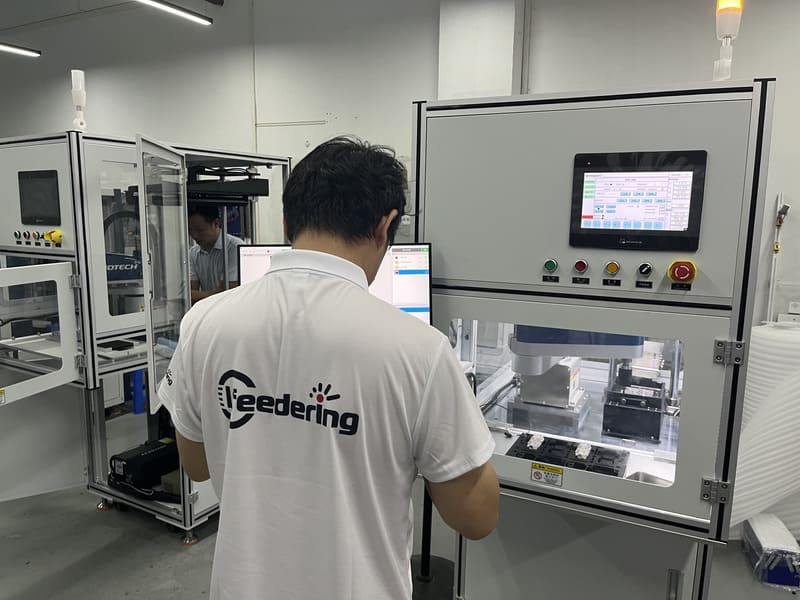
Overall, the integration of the robot, vision, and feeder in an automation system enables efficient material detection, precise handling, and optimized workflow. By working together seamlessly, these components contribute to improving the overall efficiency, accuracy, and productivity of the system.
